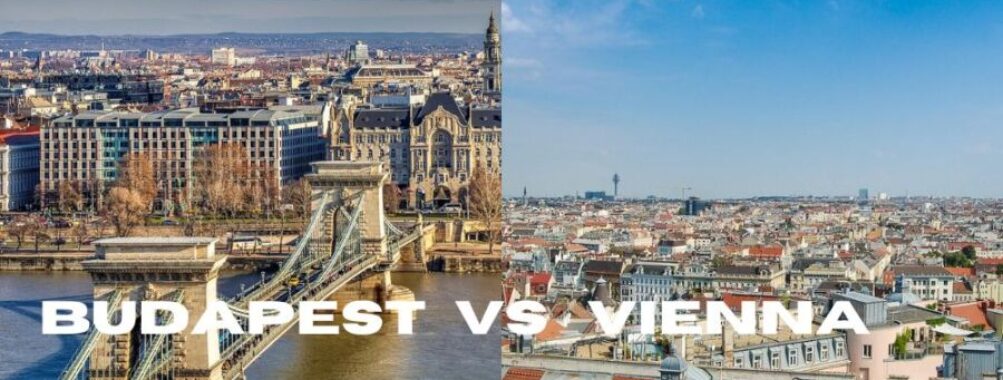
Budapest vs Vienna: Which Central European Capital Reigns Supreme in 2025?
Thinking about a trip to Central Europe? Budapest and Vienna are two stunning capitals that often top travelers’ lists. These grand cities, nestled along the Danube River, offer a mix of history, culture, and modern charm. Both Budapest and Vienna have beautiful architecture, tasty food, and lots to see, but each city has its own unique vibe.
Budapest, the “Pearl of the Danube,” is known for its thermal baths, ruin bars, and amazing views. The city has a gritty, hip feel that many visitors love. Vienna, on the other hand, is more polished and fancy. It’s famous for classical music, coffee houses, and imperial palaces.
Picking between Budapest and Vienna can be tough. It really depends on what you’re looking for. Budapest is great for budget travelers and those who like a lively nightlife. Vienna might be better if you want a more refined experience with world-class museums and concerts. Both cities are worth a visit, so why not see both if you can?
Contents
- Historical Context
- Imperial Past
- Iconic Landmarks
- Cultural Exploration
- Museums and Galleries
- Music and Performing Arts
- Cuisine and Food Culture
- Architectural Comparison
- Historical Architecture
- Modern Cityscapes
- Lifestyle and Atmosphere
- Leisure and Relaxation
- Transportation and Accessibility
- Accommodation and Living
- Hotels and Lodging
- Quality of Life
- Frequently Asked Questions
- What distinguishes the nightlife in Vienna from that in Budapest?
- How do the size and demographics of Vienna’s population compare to those of Budapest?
- In what ways do the Christmas markets in Budapest differ from those in Vienna?
- When considering a visit to Central Europe, should you prioritize Budapest, Vienna, or Prague?
- Which capital, Vienna or Budapest, tends to have a higher cost of living for travelers?
- What makes Budapest stand out as a unique travel destination?
- More Travel Guides
Historical Context
Budapest and Vienna share a rich imperial past that shaped their cultures and architecture. Both cities were major centers of power in the Austro-Hungarian Empire, leaving behind stunning landmarks that continue to captivate visitors today.
Imperial Past
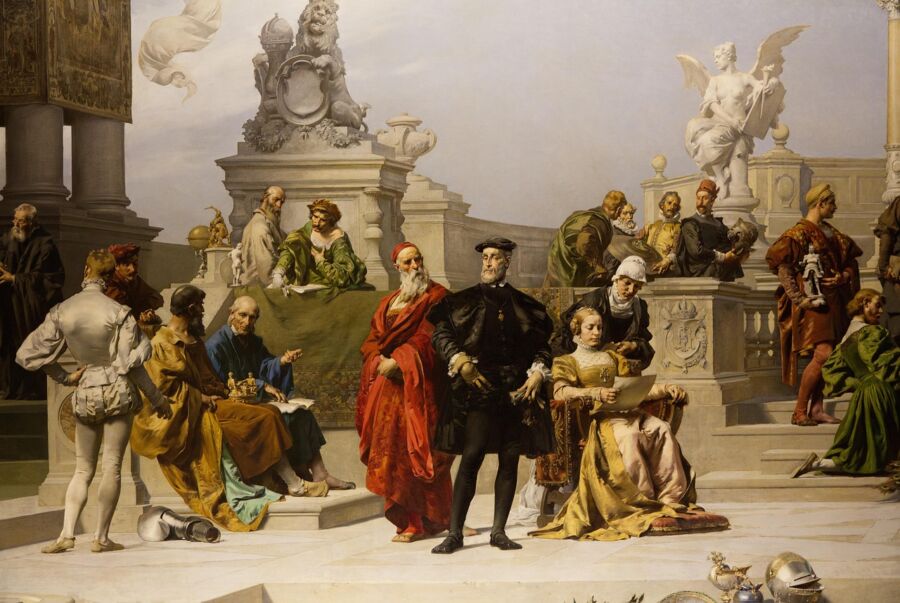
The Habsburg dynasty ruled over both Budapest and Vienna for centuries, leaving an indelible mark on the cities. The powerful Habsburg monarchs controlled vast territories across Europe from Vienna. They called the Hofburg Palace their main residence, a sprawling complex that grew along with the empire’s power.
In 1867, Budapest became a co-capital of the Austro-Hungarian Empire. This dual monarchy arrangement gave Hungary more autonomy and sparked a golden age of development in Budapest. The city blossomed with grand buildings and infrastructure projects to rival Vienna.
The fall of the empire after World War I dramatically changed both cities. Vienna shrank from an imperial capital to the center of a small republic. Budapest became capital of an independent Hungary, but lost much of its former territory.
Iconic Landmarks
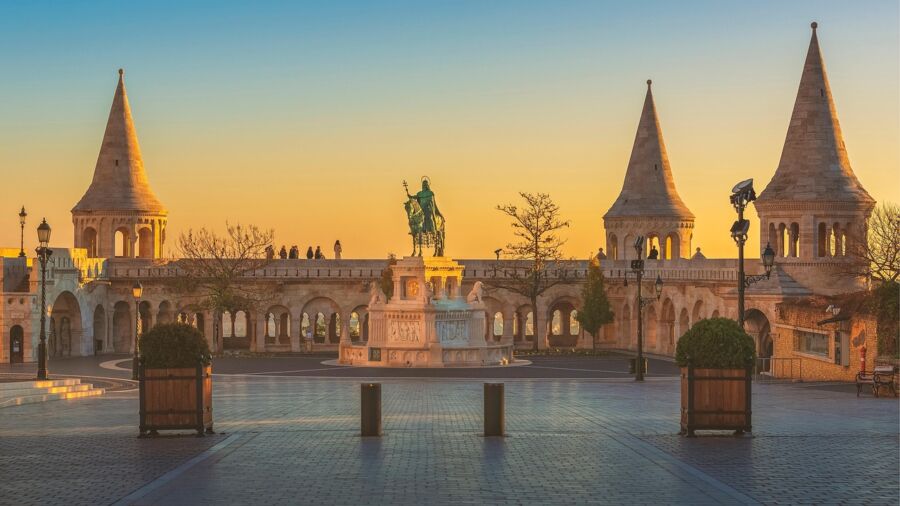
Both cities boast incredible landmarks from their imperial heyday. In Vienna, Schönbrunn Palace dazzles visitors with its yellow facade and meticulously manicured gardens. The massive Hofburg complex spans medieval fortifications to lavish Baroque wings.
Budapest’s Castle Hill is crowned by Buda Castle, once home to Hungarian kings. The neo-Gothic Parliament Building along the Danube is an architectural masterpiece inspired by the British Houses of Parliament.
The Chain Bridge linking Buda and Pest was a marvel of engineering when built in the 1840s. Vienna’s Ringstrasse boulevard, lined with imposing buildings, shows off the city’s 19th century wealth and power.
Don’t miss Budapest’s gorgeous Fisherman’s Bastion or the colorful Matthias Church nearby. The grand Széchenyi Thermal Bath offers a glimpse of Budapest’s famous spa culture in a neo-Baroque palace setting.
Cultural Exploration
Budapest and Vienna both offer rich cultural experiences. Each city has its own unique charm and attractions that make them stand out in the world of art, music, and cuisine.
Museums and Galleries
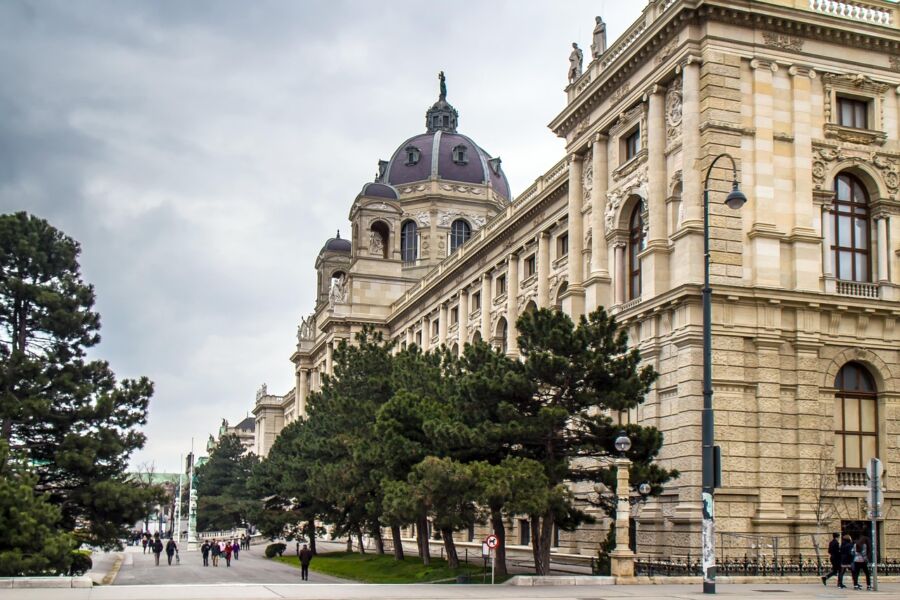
Both cities are packed with amazing museums and galleries. Vienna’s MuseumsQuartier is home to lots of different art museums all in one place. You can spend a whole day there and still not see everything!
Budapest has some great options too. The Hungarian National Gallery is in the beautiful Buda Castle and has tons of Hungarian art from over the years.
For something different, check out the House of Terror in Budapest. It’s a bit heavy but super interesting. It shows what life was like under Soviet rule.
Music and Performing Arts
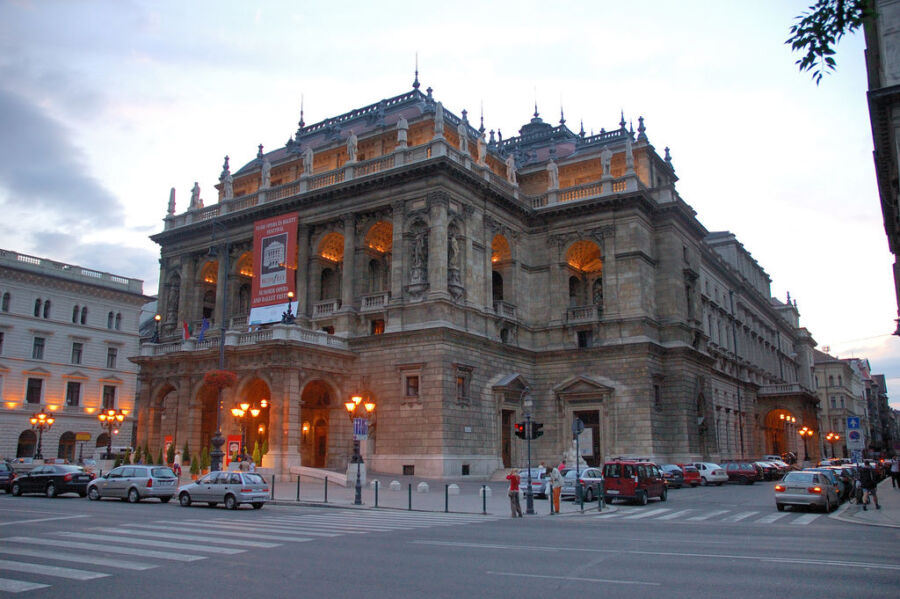
Vienna is famous for its classical music scene. The Vienna State Opera is world-class. Even if you’re not big on opera, it’s worth seeing a show just for the stunning building.
Budapest has a great music scene too. The Hungarian State Opera House is beautiful and puts on amazing shows. For something more modern, check out the ruin bars. These cool spots often have live music and a fun vibe.
Both cities host lots of concerts and festivals throughout the year. From street performers to fancy concert halls, there’s always something to see and hear.
Cuisine and Food Culture
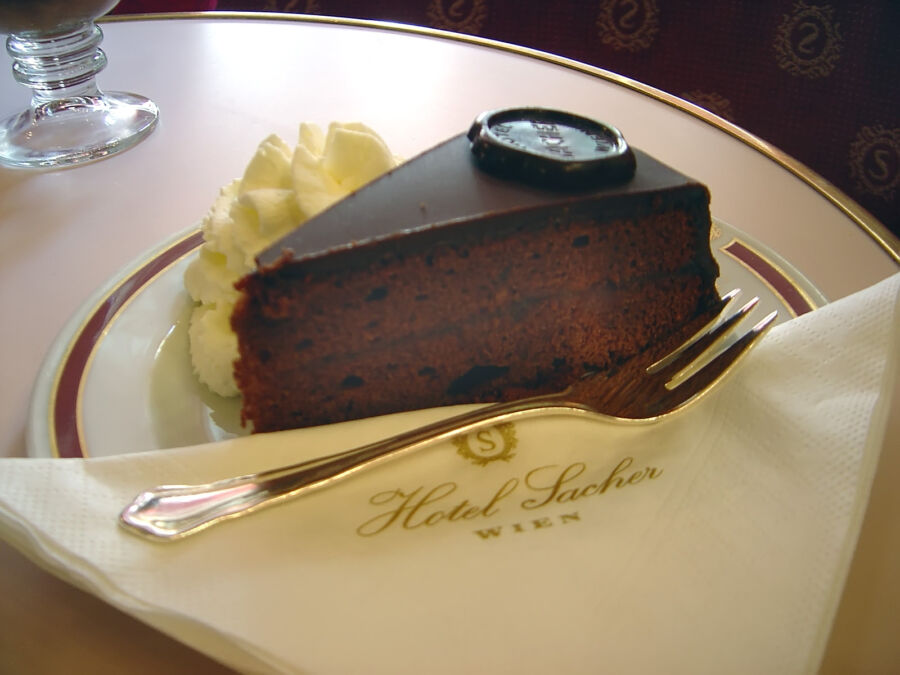
Food is a big part of the culture in both cities. Vienna is known for its café culture. Grab a slice of Sachertorte (a yummy chocolate cake) and a coffee at a fancy café. It’s a must-do Vienna experience!
In Budapest, try some hearty goulash soup. It’s perfect on a cold day. The city also has amazing thermal baths where you can relax after a big meal.
Both cities have great Christmas markets in winter. They’re perfect for trying local treats and buying fun gifts. Don’t miss the mulled wine to keep warm!
Architectural Comparison
Vienna and Budapest both boast stunning architecture that reflects their rich histories and cultural influences. These cities showcase a mix of styles from different eras, creating unique urban landscapes.
Historical Architecture
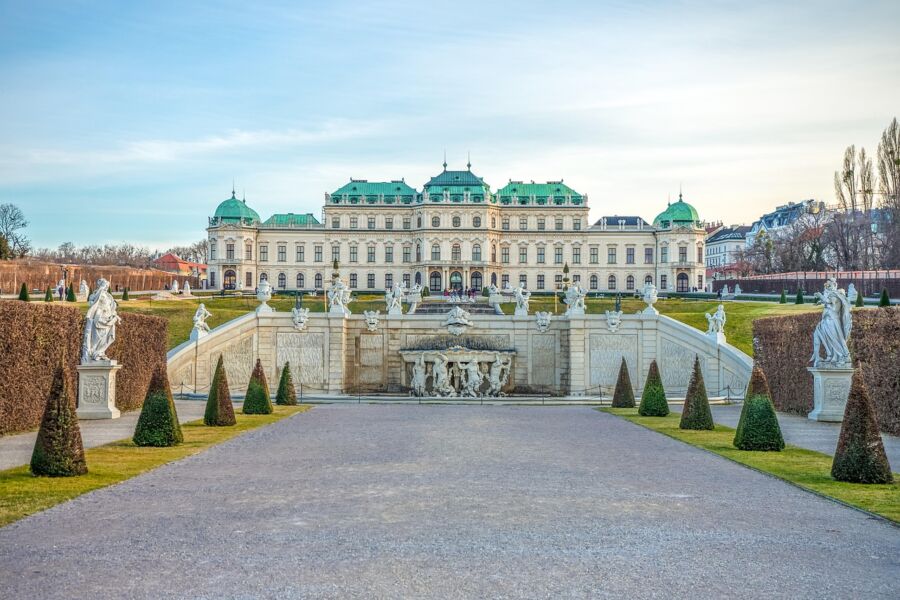
Vienna’s historical architecture is a feast for the eyes. The city is full of grand palaces and ornate buildings from the Habsburg era. Schönbrunn Palace is a must-see, with its beautiful Baroque design and massive gardens. Another gem is Belvedere Palace, which houses amazing art collections.
Budapest’s historical buildings are equally impressive. Buda Castle sits high on a hill, overlooking the Danube River. It’s a mix of Medieval, Baroque, and 19th-century styles. The Hungarian Parliament Building is a Gothic Revival masterpiece with a stunning dome.
Both cities have well-preserved old towns. Vienna’s Innere Stadt is full of narrow streets and charming squares. Budapest’s Castle District feels like stepping back in time.
Modern Cityscapes

Vienna’s modern architecture blends seamlessly with its historical core. The city has embraced new designs while respecting its past. The Hundertwasserhaus is a colorful apartment building that looks like something out of a fairy tale. It’s a fun contrast to the classical buildings nearby.
Budapest has also added some cool modern structures to its skyline. The Whale, a glass-covered shopping and cultural center along the Danube, is a standout. The city’s ruin bars, built in abandoned buildings, show a creative approach to urban renewal.
Both cities have great public transport systems that make it easy to explore their architectural wonders. Vienna’s trams and Budapest’s metro are attractions in themselves, with some stations boasting beautiful designs.
Lifestyle and Atmosphere
Budapest and Vienna offer distinct vibes that shape daily life for locals and visitors. Each city has its own unique charms when it comes to leisure activities, cultural experiences, and overall atmosphere.
Leisure and Relaxation
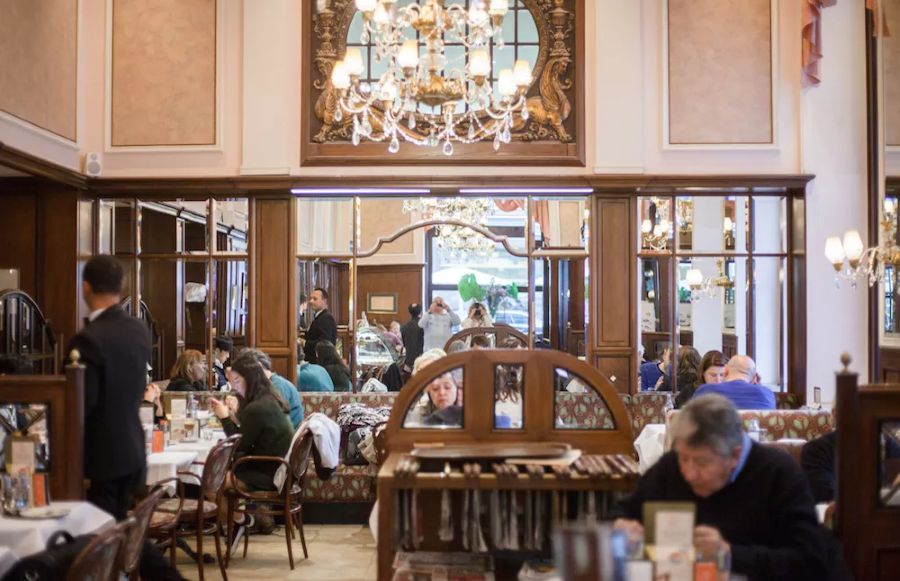
Vienna’s got a classy, refined feel. You’ll see folks sipping coffee at fancy cafes, strolling through manicured parks, and enjoying classical concerts. The Prater amusement park is a fun spot for all ages.
Budapest’s got a more relaxed, edgy vibe. Thermal baths are a big deal here – locals and tourists alike love soaking in the warm waters. The ruin bars in the Jewish Quarter are super cool for nightlife.
Both cities sit on the Danube River, which adds to their charm. Vienna’s public transport is top-notch, making it easy to get around. Budapest’s system works well too, but it’s not quite as extensive.
Parks are plentiful in both places. Vienna’s got the gorgeous Schönbrunn Palace gardens, while Budapest’s City Park is perfect for picnics and boat rides.
Transportation and Accessibility

Getting around Budapest and Vienna is a breeze thanks to their top-notch public transport systems. Both cities boast extensive networks of buses, trams, and metros that’ll whisk you to all the major sights.
Vienna’s public transit is known for its reliability and efficiency. The city’s sleek, modern trams glide through the streets, while the U-Bahn subway zips passengers underground. A 48-hour travel card costs about €15, giving you unlimited rides.
Budapest’s system is equally impressive. The iconic yellow trams are a charming way to see the city. The metro is a bit older but still gets the job done. Plus, Budapest throws in some unique options like the funicular up to Buda Castle.
For cyclists, Vienna takes the lead with its extensive bike paths. The city’s flat terrain makes pedaling a joy. Budapest is catching up, but still has some work to do on its cycling infrastructure.
When it comes to walkability, both cities shine. Vienna’s compact center means most attractions are within strolling distance. Budapest is more spread out, but wandering between its grand boulevards and hidden alleys is half the fun.
Accommodation and Living
Budapest and Vienna offer different experiences when it comes to places to stay and daily life. Each city has its own charm and challenges for visitors and residents alike.
Hotels and Lodging
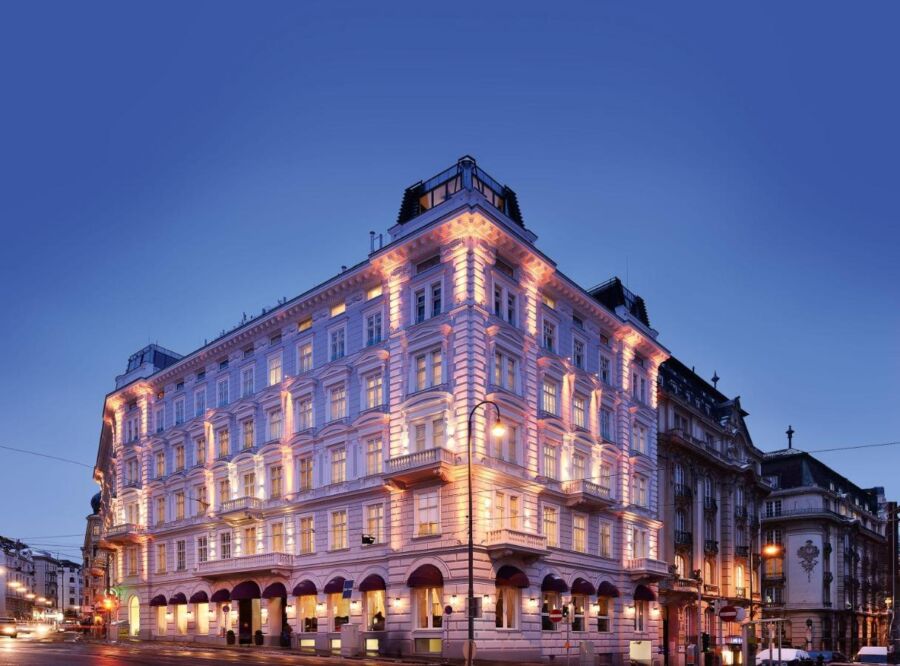
Vienna’s hotels tend to be pricier, but you’ll find options for every budget. The city’s got some fancy 5-star spots in historic buildings if you’re feeling fancy. But don’t worry – there are cheaper places too if you look around.
Budapest’s a bit easier on the wallet. You can snag a nice room for less than you’d pay in Vienna. The city’s got tons of cool, quirky hostels that are perfect for meeting other travelers. And if you want to splash out, Budapest’s got some amazing spa hotels that won’t break the bank.
Both cities have lots of short-term rentals. These can be a great choice if you want more space or to save some cash by cooking your own meals.
Quality of Life
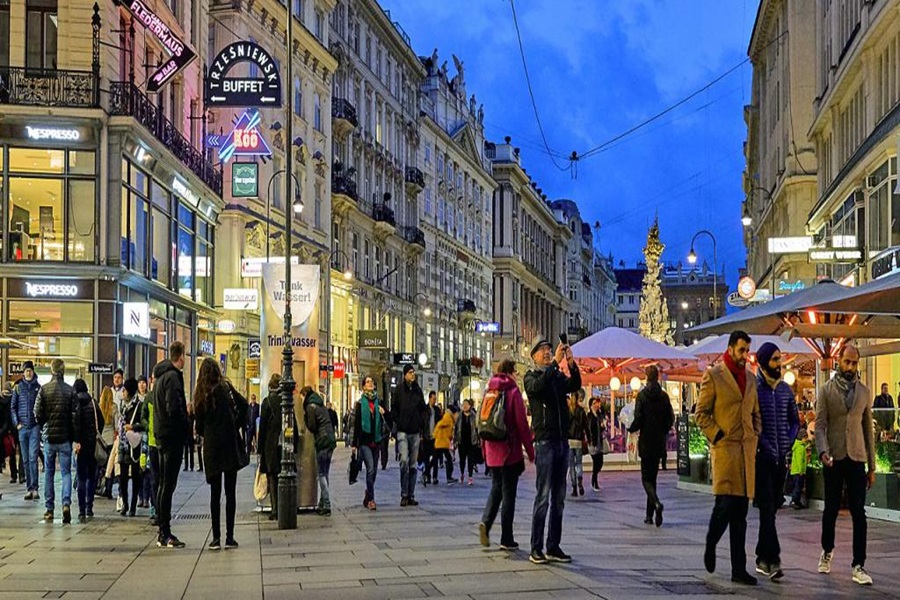
Vienna consistently ranks as one of the world’s most livable cities. It’s super clean, safe, and has excellent public transport. The city’s got tons of parks and green spaces to enjoy.
Budapest’s got a more laid-back vibe. It’s not as polished as Vienna, but that’s part of its charm. The city’s famous thermal baths are a big plus for quality of life. They’re great for relaxing and socializing.
Both cities have rich cultural scenes with lots of museums, theaters, and concerts. Vienna’s classical music scene is world-famous, while Budapest’s ruin bars offer a unique nightlife experience.
Cost of living is notably cheaper in Budapest. Your money will stretch further here, especially for things like eating out and groceries.
Frequently Asked Questions
Vienna and Budapest offer unique experiences for travelers. Each city has its own distinct character, attractions, and quirks that set it apart. Let’s explore some common questions people have when choosing between these two Danube gems.
What distinguishes the nightlife in Vienna from that in Budapest?
Vienna’s nightlife is classy and refined. You’ll find elegant wine bars, cozy cafes, and classical music venues. The city has a more laid-back vibe after dark.
Budapest’s nightlife is wilder and more diverse. It’s famous for its ruin bars – quirky pubs in old buildings. The city also has a thriving club scene and outdoor parties in summer.
How do the size and demographics of Vienna’s population compare to those of Budapest?
Vienna is bigger, with about 1.9 million people. It’s a diverse city with a mix of cultures. Many young professionals and students call Vienna home.
Budapest is smaller, with around 1.7 million residents. The population is mostly Hungarian, but it’s becoming more international. The city attracts lots of expats and digital nomads.
In what ways do the Christmas markets in Budapest differ from those in Vienna?
Vienna’s Christmas markets are grand and traditional. They’re set in stunning locations like Schönbrunn Palace. You’ll find lots of handmade crafts and gourmet food.
Budapest’s markets are cozier and more intimate. They have a folksy feel with local handicrafts. The food is hearty Hungarian fare, and there’s usually live music.
When considering a visit to Central Europe, should you prioritize Budapest, Vienna, or Prague?
Each city has its charms. Vienna is best for art and classical music lovers. It’s perfect if you want to feel like royalty for a few days.
Budapest is great for those who love thermal baths and unique architecture. It’s also a bit cheaper than Vienna.
Prague is a fairytale city with stunning medieval architecture. It’s ideal for history buffs and beer lovers.
Which capital, Vienna or Budapest, tends to have a higher cost of living for travelers?
Vienna is generally pricier. Hotels, restaurants, and attractions often cost more than in Budapest. But the quality is usually top-notch.
Meanwhile, Budapest is more budget-friendly. You can find great deals on accommodation and food. Even luxury experiences tend to be cheaper here.
What makes Budapest stand out as a unique travel destination?
Budapest’s thermal baths are a big draw. In beautiful historic buildings, you can soak in healing waters. The city’s ruin bars are one-of-a-kind, offering a quirky nightlife experience.
Budapest’s dramatic history is visible in its architecture. You’ll see everything from Roman ruins to Ottoman-era buildings. The city’s location on the Danube, split into Buda and Pest, gives it a unique charm.



